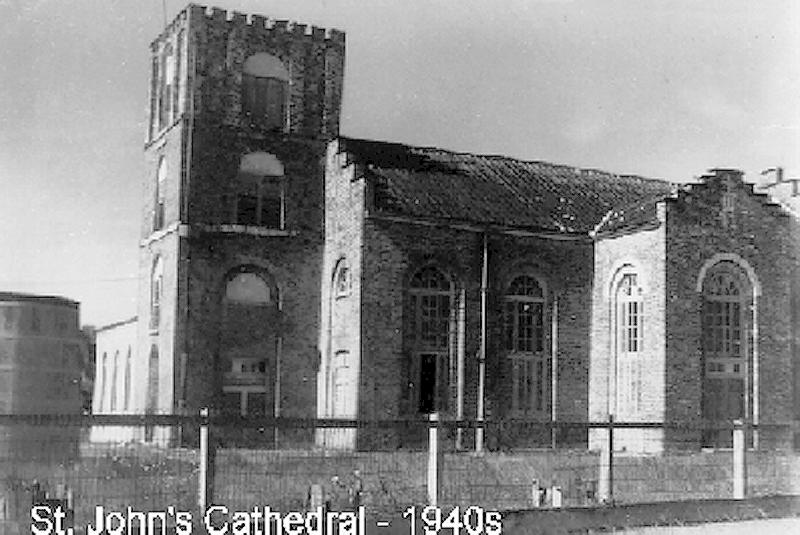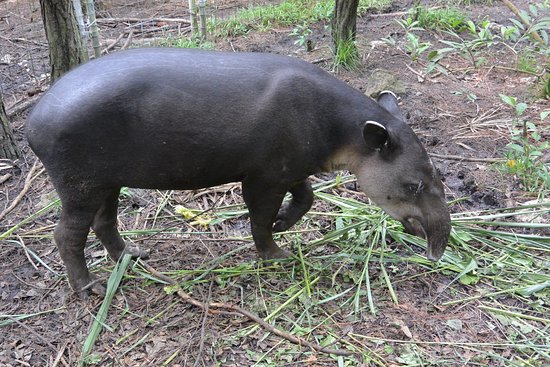Belize, formerly British Honduras, is the only English-speaking country on the Central American mainland. Victim of rivalry between England and Spain, piracy and logwood trading played key roles in enabling Britain to gain control of the region.
According to the 1888-1889 edition of The Handbook of British Honduras:
The first appearance of the English on the coast of Honduras, according to reliable authority… was in 1638, when a few shipwrecked mariners or other adventurers were cast way and found refuge upon the mainland of the continent, and made for themselves a habitation and a home, which ultimately became the nucleus of a British woodcutting and trading community, able to hold its own against all the onslaughts and efforts of the most powerful kingdom then known on earth.
In a little over 30 years, “Belize was a thriving and prosperous settlement.”
Jamaica and Belize have had contacts and ties going back more than 350 years. The Handbook said, “in or about the year 1662, the first regular establishment of English logwood cutters was made by adventurers from Jamaica, incited, no doubt, by the increasing demand for logwood.”
Thomas Lynch, governor of Jamaica, wrote to the British king that British Honduras “increased his Majesty’s customs and the national commerce more than any of his Majesty’s colonies.”
Jamaica provided protection to British Honduran trade. George Henderson, writing in 1809, said “a convoy is appointed from Jamaica for the protection of the Honduras trade to Europe twice a year, in January and July.”
Henderson implied that enslaved persons from Africa were routed to British Honduras via Jamaica. “These have been mostly imported from Africa by the intercourse with Jamaica, no direct importation having ever taken place.”
Jamaican slave laws were applied to the Central American territory, at least in part. A March 1803 report out of British Honduras stated that the “Consolidated Slave Law of Jamaica is adopted in this settlement, so far as the local situation thereof will admit.”
Two hundred years after first contact between the two, British Honduras was placed under direct Jamaican control. “In 1861 it was finally determined to place the settlement in every respect on the footing of a colony, though subordinate to the Government of Jamaica, from which it is distant about 660 miles.”
During the 1860s, significant numbers of East Indians who spent time in Jamaica, migrated to British Honduras.
Christian churches

Jamaican churches have had longstanding relationships with counterparts in Belize. Anglicans in British Honduras fell under the jurisdiction of the Diocese of Jamaica in 1824. Christopher Lipscomb, the first Anglican Bishop in Jamaica, visited British Honduras in 1826 to consecrate St. John’s Church. Jamaican Anglicans granted funds for the building of a school for formerly enslaved persons.
The structured relationship between Jamaican and British Honduran Anglicans continued until the disestablishment of the Jamaican church in 1870 and that of British Honduras in 1872.
In A Short History of Baptist Missionary Work in British Honduras, published in 1930, Robert Cleghorn noted that while British Baptist mission work began in British Honduras in 1822, Jamaican Baptists became engaged in the Central American colony in 1845 with the arrival of a Mr. Kingdom. According to Cleghorn, a more formal relationship developed 40 years later after initiatives by David Waring, who
began making appeals to the Jamaica Baptist Missionary Society, and succeeded in getting them to send Pastor Charles Hobson to the Island of Ruatan, and later Mr. James Bryant to Belize as a missionary schoolmaster and agent of the Jamaica Society. Mr. Bryant arrived in Belize in 1886.
Jamaican Baptists took full responsibility for the British Honduras mission following the death of Waring in 1888:
After the death of Pastor Waring the Church in Belize continued its endeavors to bring about an affiliation of the Baptist Mission in British Honduras with the Jamaica Baptist Missionary Society. Thus in 1888, when certain resolutions were drawn up by the Church and sent to Jamaica, the Baptist Church and Mission in British Honduras were taken over and recognized as a Mission Sphere under the auspices of the Jamaica Baptist Missionary Society.
That arrangement seemed to have ended on or around 1904 with the return home to Jamaica of the most recent missionary, Charles Brown, and the formation and incorporation of the British Honduras Baptist Trustee Association.
Catholics in British Honduras fell under the jurisdiction of Jamaica from 1836 to 1888, after first being under that of Trinidad. Edmund Davis wrote that, for Methodists, “the District of Honduras was made a sub-District of Jamaica in 1932.”
Church leaders from Belize attended theological colleges and seminaries in Jamaica run by the various Christian traditions on the island.
Business and culture
There are business ties between Jamaica and Belize, which changed its name from British Honduras in 1973 and gained independence in 1981. Grace Kennedy, one of Jamaica’s largest groups of companies, started operations in Belize in 1982 in association with the Espats, a local business family. GraceKennedy (Belize) is one of the Central American country’s largest food and beverage distributors.
Another Jamaican company, Rainforest Seafoods, “invested US$2 million in a seafood procession plant in Belize,” news reports out of Jamaica stated in late 2016.
Chukka Belize, owned by Chukka Caribbean Adventures in Jamaica, provides adventure tours in a country blessed with large rainforests, rivers, and scenic features.
Jamaica, Belize and Trinidad and Tobago joined the effort at cultural preservation after all three countries ratified the 2003 UNESCO Convention for the Safeguarding of Intangible Cultural Heritage. Belize endorsed the convention in 2007 while Jamaica and Trinidad and Tobago did so in 2010.
The effort is overseen by the UNESCO Cluster Office for the Caribbean states based in Kingston, Jamaica’s capital. In an informational booklet published in 2015, UNESCO reported that “representatives from the UNESCO Kingston Office met with Belizean government and culture officials regarding a Japanese funded initiative to implement the Convention in Belize as well as in Jamaica and Trinidad and Tobago. Since that time, Belize has been fully onboard with the initiative.”
Jamaican groups participating in the UNESCO effort include the Maroon communities of Moore Town, Accompong, Charles Town and Scott’s Hall, the Revival community, the Rastafari Indigenous Village and the Rastafari Millennium Council, the Indian Council of Jamaica and representatives of the craft community.
Those from Belize include the Yo Creek Women’s Group, the Banquitas House of Culture, the Ugundani Dance Group and the National Kriol Council.
Though Belize’s land mass is roughly twice as large as Jamaica’s, the latter’s population is more than six times bigger. Jamaica has roughly 2.7 million people whereas Belize’s population is less than 400,000.
Jamaican, along with other influences from inside and outside the country, are reflected in Belizean cuisine. Jamaican music, especially reggae and dancehall, have gained popularity in the Central American nation.
Eron Henry is author of Reverend Mother, a novel


Planning to visit there. A friend of mine is from there and speak fluent patois. Nice info Eron